Katas

Kata is a Japanese word for detailed choreographed patterns of movements practised either solo or in pairs. The term form is used for the corresponding concept in non-Japanese martial arts in general.
Kata is used in many traditional Japanese arts, such as theatre forms like kabuki and schools of tea ceremony (chado), but are most commonly known for their presence in martial arts. Kata is used by most Japanese and Okinawan martial arts, such as aikido, judo, kendo, and karate. Our Goju Ryu system has 12 core kata in its standard curriculum; below is a list of them.
Gekisai Dai Ichi: “To Attack and Destroy 1
This kata was developed by Chojun Miyagi in 1936, and it is the first kata to be taught to beginners.
Gekisai Dai Ni: “To Attack and Destroy 2
Gekisai dai ni was also developed by Chojun Miyagi to incorporate slightly “softer” techniques, although it follows a similar pattern to that of Gekisai Dai Ichi. It involves the use of open-handed and circular techniques, and it is the second kata to be taught to beginners.
Saifa – “To Smash and Tear”
This is usually the first advanced Goju-ryu kata the karateka (practitioner of karate) learns after gekisai dai ichi and gekisai dai ni. The centre of the kata is the sagi ashi dachi, or crane/heron stance where you stand on one foot with the toes of the raised foot lightly touching the knee of the standing leg.
Seiyunchin: “To Control and Pull”
Seiunchin involves the use of techniques to unbalance, throw, and grapple with your opponent. It contains close-quarter striking, sweeps, takedowns, and throws.
Shisochin: “To Destroy in For Directions”
Shisochin integrates powerful linear attacks (shotei zuki) and circular movements and blocks. It was the favourite kata of the late Miyagi.
Sanseiru: “To Destroy in Four Directions”
Sanseru teaches how to move around the opponent in close-quarter fights and emphasises the destruction of the opponent’s mobility by means of kanzetsu geri.
Sepai, “18 Hands”
Sepai incorporates both four-directional movements and 45-degree angular attacks, incorporating techniques for both long-distance and close-quarter combat.
Kururunfa: “Holding, Striking Suddenly”
This kata technique is based on the Chinese Praying Mantis style.
Seisan: “13 Hands”
Seisan is thought to be one of the oldest katas, and similar variants of the same pattern or form are to be found in many other styles of karate.
Suparinpei, “108 Hands”
It is the most advanced Goju-Ryu kata.
Sanchin, “3 Battles”
In the past, student karatekas were often required to spend years mastering the movements and breathing techniques of Sanchin before they were taught any other katas. The EGKA teaches Chojun Miyagi’s version of Sanchin, where the karateka goes first forward and then backwards without turning. Another version was taught by Kanryo Higaonna, in which the karateka always moves forward by incorporating two 180-degree turns.
Tensho: Rotating Palms
Tensho was created in 1921 as “softer sanchin” by Chojun Miyagi. It is a combination of hard dynamic tension with deep breathing and soft, flowing hand movements.
Higaonna Sensei writes that “Karate begins and ends with kata. Kata is the essence and foundation of karate, and it represents the accumulation of more than 1000 years of knowledge. Formed by numerous masters throughout the ages through dedicated training and research, the kata are like a map to guide us and, as such, should never be changed or tampered with.”
Almost all of the kata have a corresponding bunkai, a prearranged two-person fighting drill. These drills help the student to understand the applications of the kata, establish proper rhythm and flow, practise constant attack and defense, and safely practise dangerous moves on a partner.
Contact
Contact NSK Martial Arts
Ready to embark on your martial arts journey? Fill out the form below to get in touch with NSK Martial Arts. Our experienced instructors will guide you towards achieving your goals in a supportive and friendly environment. Start your training today!
